Run Journal
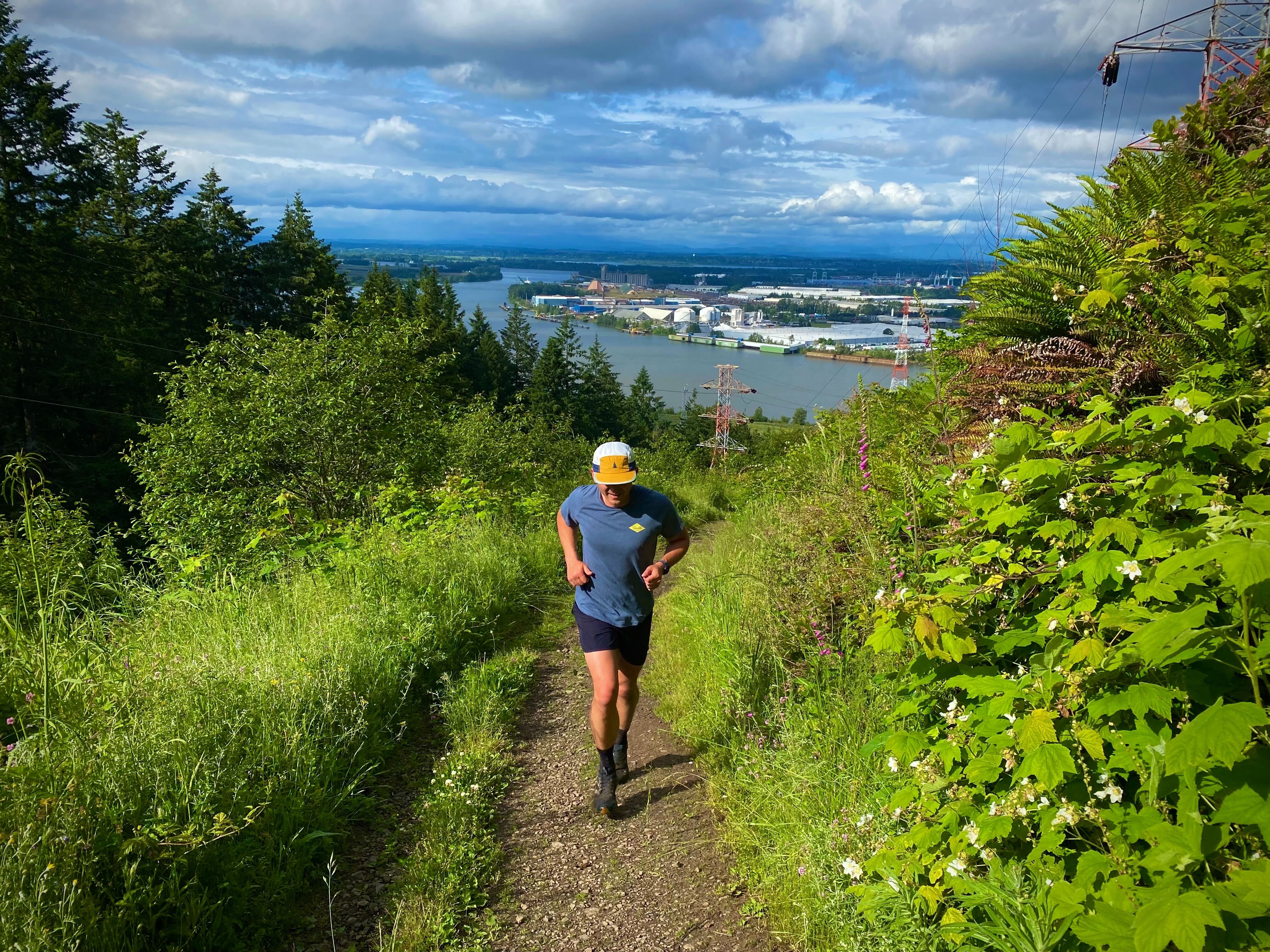
How to Train Smarter
By Andrew Miller Are you actually improving or just training really hard? Sometimes it takes an outside perspective to notice, but here's a few questions to help you determine if...
How to Train Smarter
By Andrew Miller Are you actually improving or just training really hard? Sometimes it takes an outside perspective to notice, but here's a few questions to help you determine if...
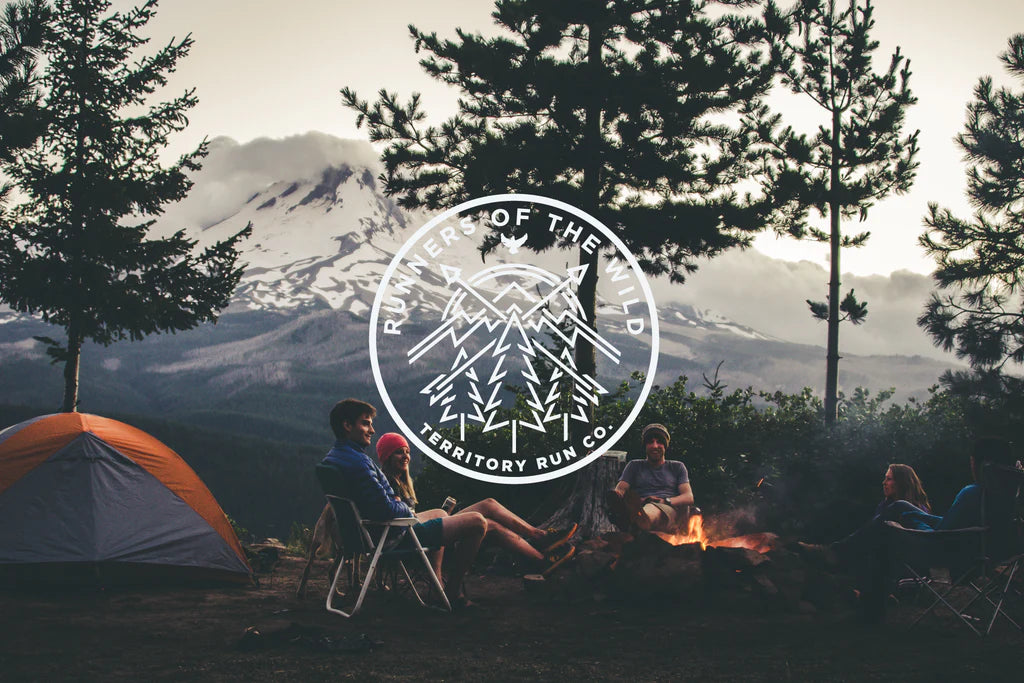
The New and Old Runners of the Wild
Intro by Mack Robertson There is something uniquely special about sharing a run with someone. The act of running with others has a way of drawing out conversations from even...
The New and Old Runners of the Wild
Intro by Mack Robertson There is something uniquely special about sharing a run with someone. The act of running with others has a way of drawing out conversations from even...
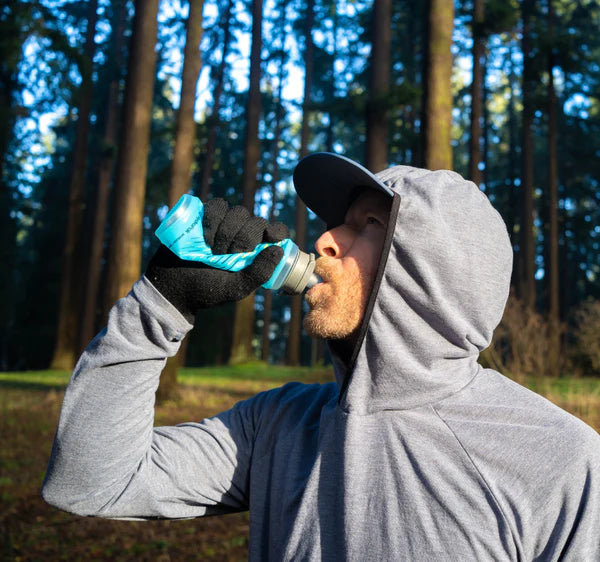
The Minimal Hydrapak Handheld Bottle
We have been adding more trail running accessories to our shop that enhance the trail running experience. Ultimately, we are searching for products that make life easier and running more...
The Minimal Hydrapak Handheld Bottle
We have been adding more trail running accessories to our shop that enhance the trail running experience. Ultimately, we are searching for products that make life easier and running more...
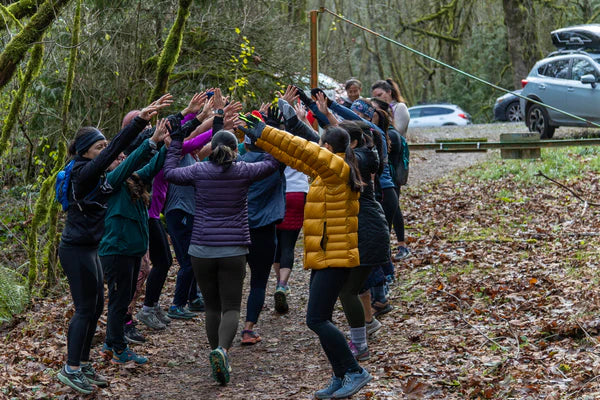
The BIPOC Relationship to the Natural World
By Vivian Tang Several years ago, an American outdoor magazine published an article that highlighted the importance of diversity and inclusivity in the outdoors at a time where the protection...
The BIPOC Relationship to the Natural World
By Vivian Tang Several years ago, an American outdoor magazine published an article that highlighted the importance of diversity and inclusivity in the outdoors at a time where the protection...
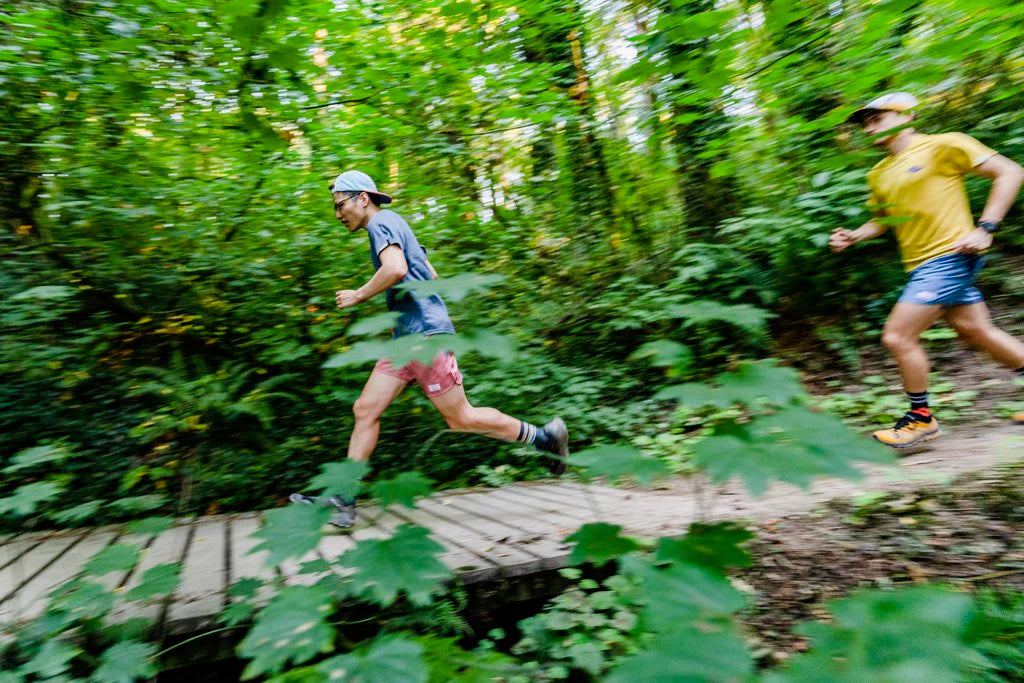
Running without Thinking
By Mack Robertson My eyes are watering. The trees are a blurred tapestry of green in my peripheral. Slack-jawed and fully in the tunnel, my focus is broad as if...
Running without Thinking
By Mack Robertson My eyes are watering. The trees are a blurred tapestry of green in my peripheral. Slack-jawed and fully in the tunnel, my focus is broad as if...
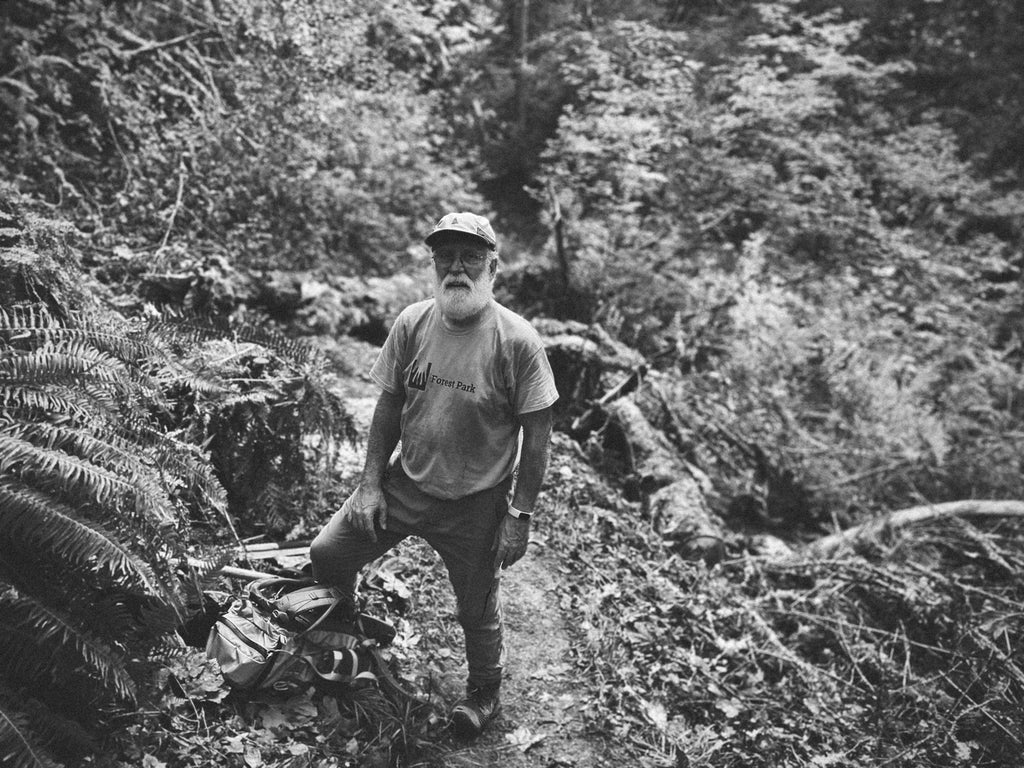
Bill Bannister, a One Man Trail Crew
Interview by Mack Robertson It’s a late spring day in 2020. The forest has gone through its annual transition from a dull brown hue to exploding with life and color. ...
Bill Bannister, a One Man Trail Crew
Interview by Mack Robertson It’s a late spring day in 2020. The forest has gone through its annual transition from a dull brown hue to exploding with life and color. ...